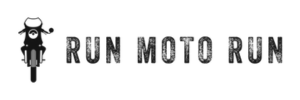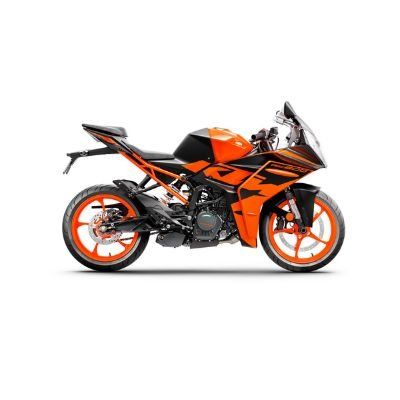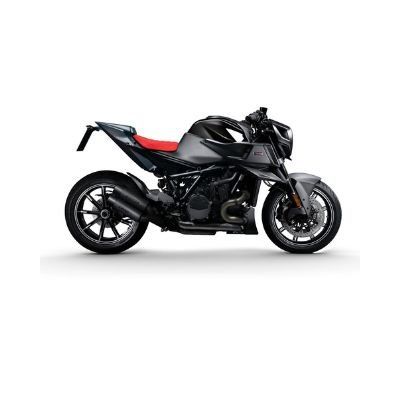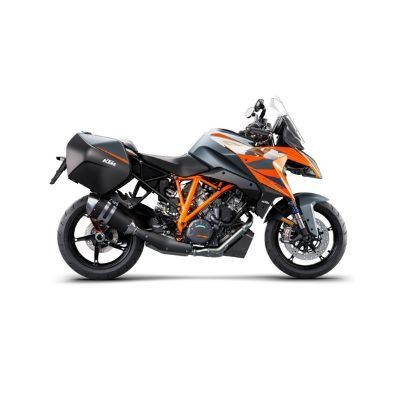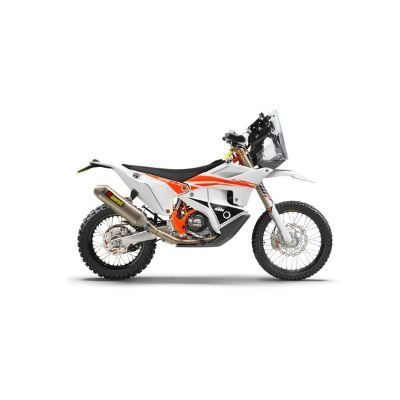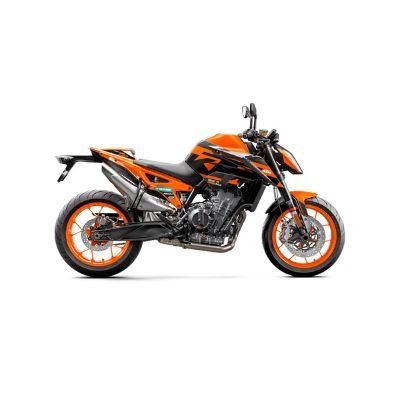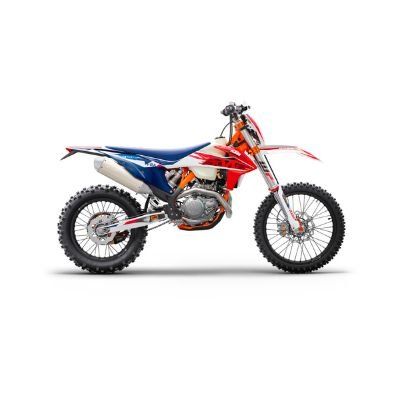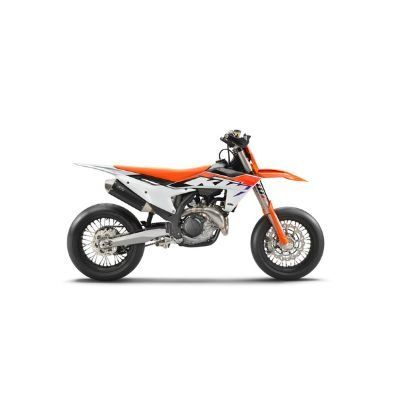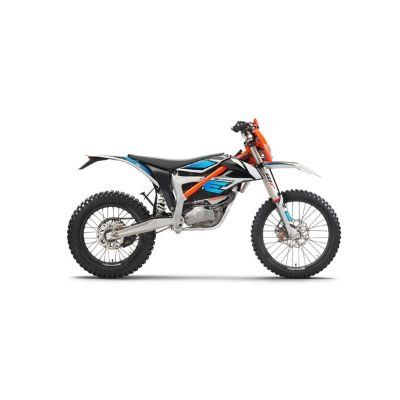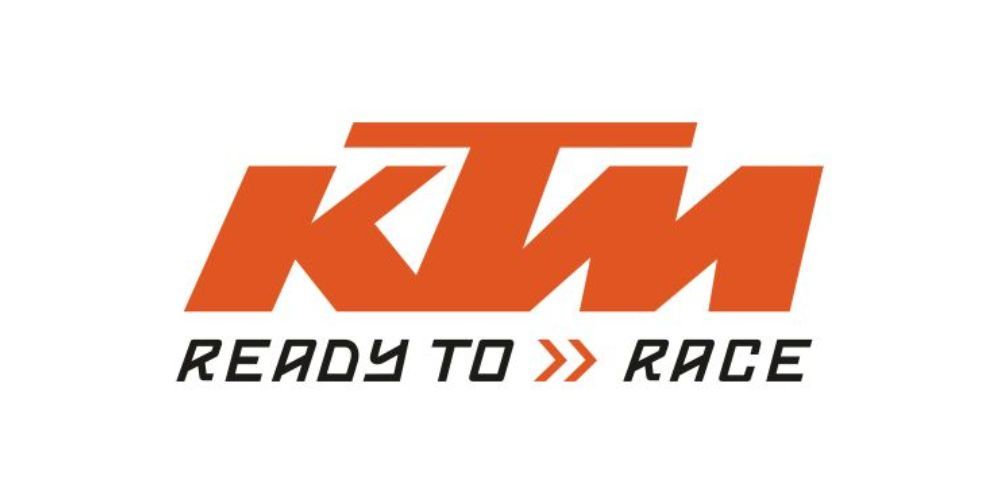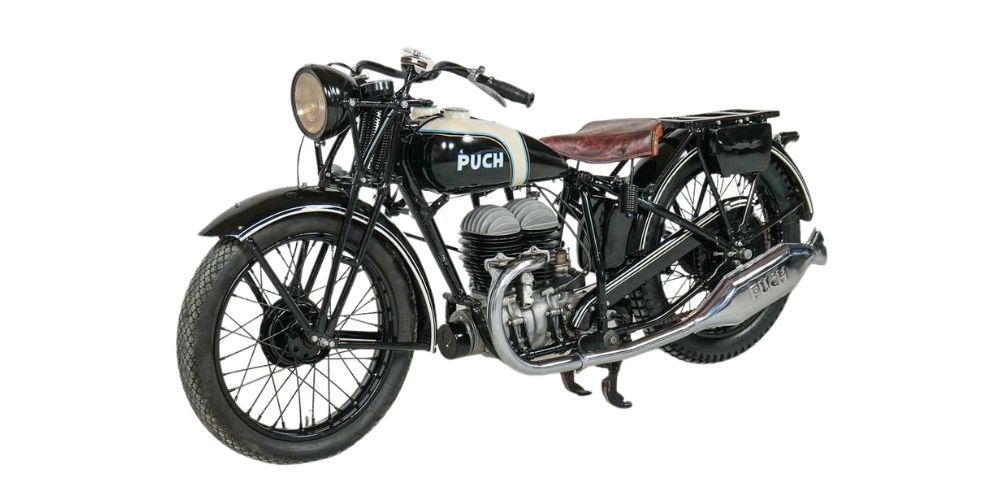History of KTM
An Austrian Passion Since 1934
KTM, one of the most revered Austrian brands, has proven its reputation as a manufacturer of top-quality and innovative motorcycles through the years. The burgeoning motorcycle industry in the nation's heartland, combined with passion and hard work, has contributed to KTM's rise to prominence.
Origin Story
KTM's origins date back to 1934, when Hans Trunkenpolz, an Austrian engineer, founded Kraftfahrzeug Trunkenpolz Mattighofen (KTM) in Mattighofen, Austria. However, the name was not registered. The company started out as a repair shop and dealership for DKW motorcycles and Opel cars but later incorporated the production of motorcycles.
KTM experienced great success after beginning mass production of its first motorcycle, the R100, in 1953. This was after businessman Ernst Kronreif acquired a major stake in the start-up, renaming and registering the business to Kronreif & Trunkenpolz Mattighofen.
After more than three decades of triumph in the motorcycle industry, KTM's fortunes declined in the 1980s as sales of mopeds and scooters declined dramatically. The company was unable to recover and was forced to halt production under increasing financial pressure. This was followed by a take-over by creditors in 1991 and the company later split into four units (motorcycles, radiators, bicycles and tooling divisions).
However, this was not the end for the motorcycle icon. In 1992, KTM Sportmotorcycle GmbH, the motorcycle division, was acquired by KTM Motorrad GmbH (now known as KTM AG)—success then followed quickly on its heels.
Now under new management,
KTM has risen from bankruptcy with high-quality products that are known for their reliability and performance on both road and off-road surfaces alike.
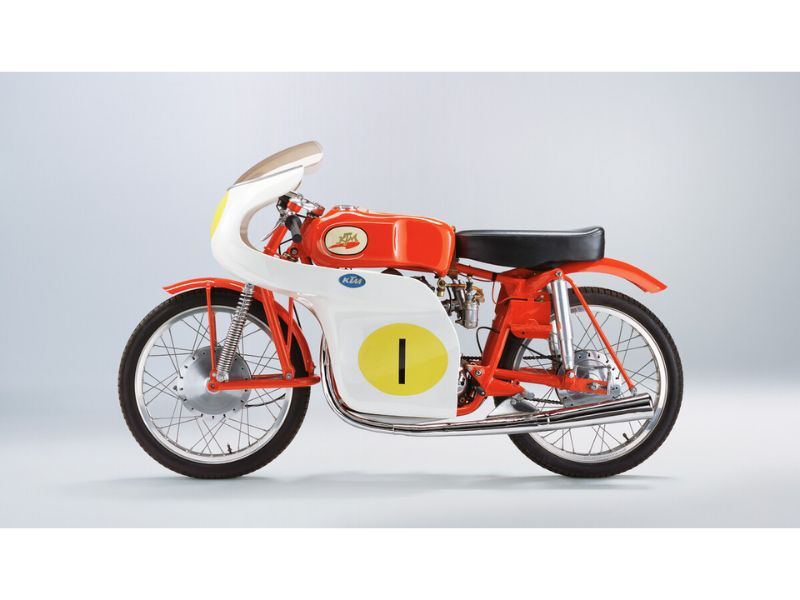
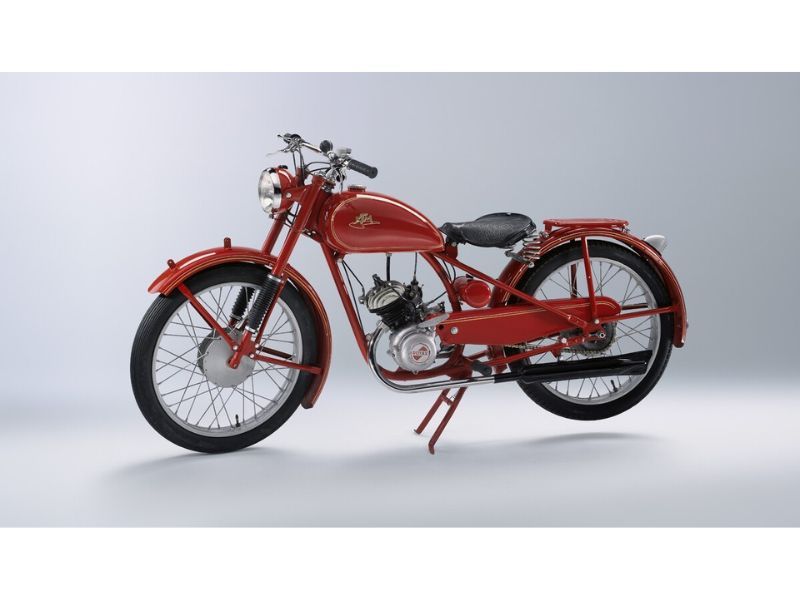
History
With its progress marked by milestones, the history of KTM motorcycles is one of continued rapid growth and development. It has been shaped by an extraordinary passion and desire to never stop exploring new horizons or reaching for new goals.
The Early Years
List of Services
-
1934Item Link List Item 1
Hans Trunkenpolz, an Austrian engineer, founded a repair and car dealership referred to as Kraftfahrzeug Trunkenpolz Mattighofen.
-
1937Item Link List Item 2
Hans Trunkenpolz commenced selling DKW motorcycles; Opel cars were added to the company's inventory in the year that followed (1938). The company was unregistered at this time.
-
1939 to 1945Item Link List Item 3
During World War II, his wife cared for the business, which was succeeding majorly as a result of diesel engine repairs.
As demand for repair works fell sharply after the war ended, Hans Trunkenpolz started thinking about manufacturing his own motorcycles with an eye on increasing production.
-
1951Item Link List Item 4
Using Rotax engines made by Fichtel & Sachs, Hans Trunkenpolz produced his first motorcycle prototype, the R100.
-
1953Item Link
Mass production of the R100 commenced two years later with 20 employees building three motorcycles per day using parts produced in-house except for the Rotax engines.
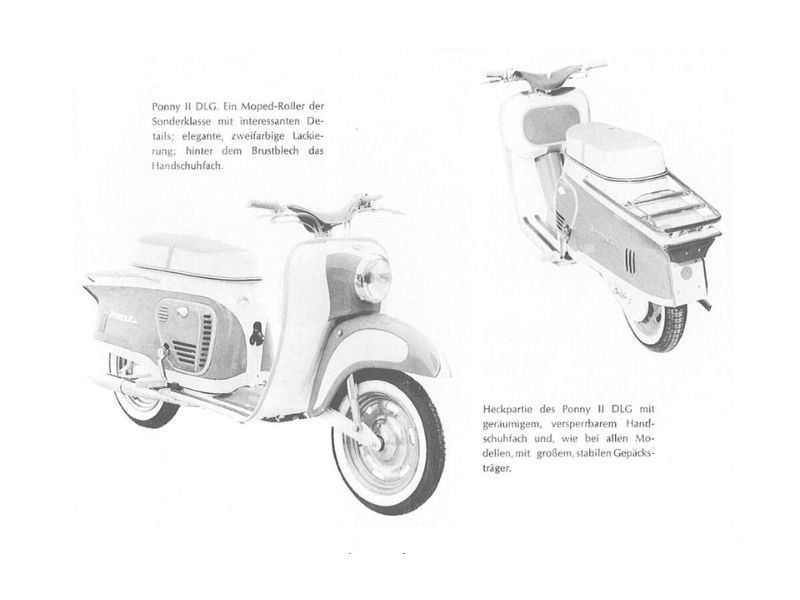
KTM 1953 to 1991
-
1953Item Link List Item 1
Ernst Kronreif, an entrepreneur, purchased a majority stake in the company after which it was renamed Kronreif & Trunkenpolz Mattighofen and registered as such.
-
1954Item Link List Item 2
The company released the R125 Tourist motorcycle, followed by the Grand Tourist and the Mirabell scooter in 1955. The company also won its first racing title the same year, when it was victorious in the Austrian 125cc national championship.
-
1956Item Link
KTM debuted at the International Six Days Trials (a competition involving off-road motorcycle racing) and won a gold medal with Egon Dornauer at the helm.
-
1957Item Link
KTM began producing its first sports motorcycles, the Trophy 125cc and Mecky mopeds.
-
1960 to 1963Item Link
In 1960, KTM launched Ponny I, followed by Ponny II (1962) and Comet in 1963. In the 1960s, KTM also entered into bicycle production.
Following Ernst Kronreif's death in 1960, Hans Trunkenpolz suffered a heart attack and died two years later in 1962. His son Erich Trunkenpolz took control of the company's management.
-
1971Item Link
The company had expanded to include 400 employees; four decades after its founding, KTM was offering 42 different models and produced motors for racing teams. Additionally, through the 1970s and 80s, the company developed and produced engines and radiators for European car manufacturers.
-
1978Item Link
KTM's US subsidiary, KTM North America Inc., was founded in Lorain, Ohio.
-
1980Item Link
The company's name was changed to KTM Motor-Fahrzeugbau KG.
-
1981Item Link
KTM had almost 700 employees and a turnover of 750 million Schillings. Approximately 76% of that sum came from international business at that time.
-
1988Item Link
Scooter and moped sales plummeted in the 1980s. Unable to turn the company around, production was halted.
-
1990Item Link
GIT Trust Holding, an Austrian Investment trust managed by Austrian politician Josef Taus acquired a 51% interest in the company. Attempts to turn the indebted company around proved unsuccessful.
-
1991Item Link
A consortium of creditor banks assumed control of KTM as it continued to be plagued by heavy debt.
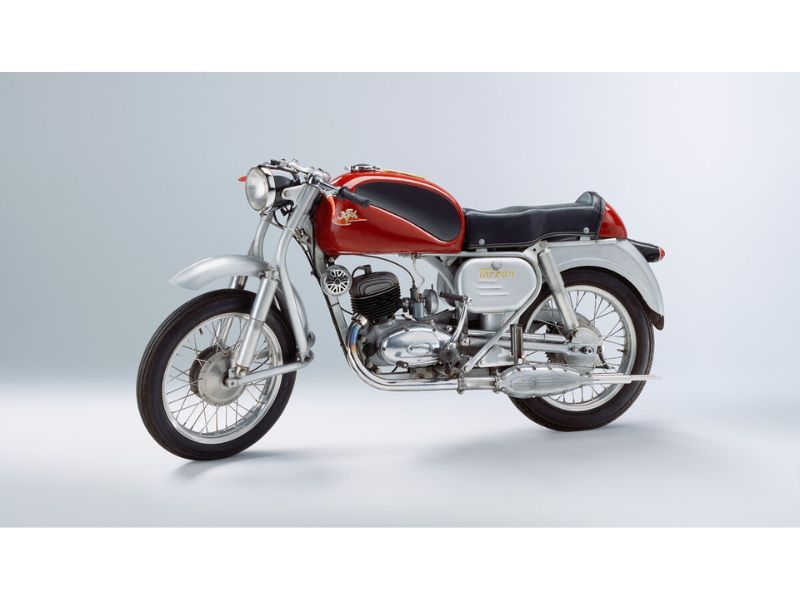
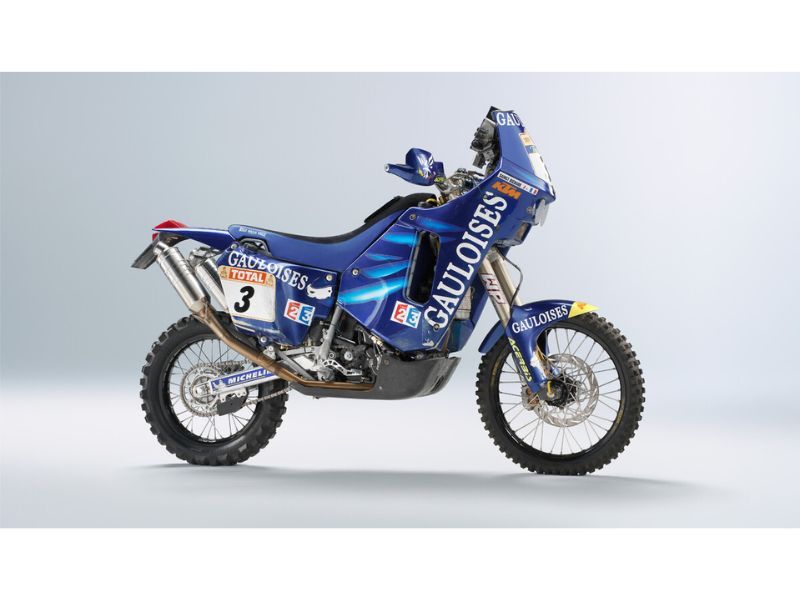
KTM after 1991
List of Services
-
1992Item Link List Item 1
KTM Sportmotorcycle GmbH (the motorcycles division), KTM Kühler GmbH (the radiators division), KTM Fahrrad GmbH (the bicycles division), and KTM Werkzeugbau GmbH (the tooling division) were spun off from KTM.
KTM Sportmotorcycle GmbH, at this time owned by KTM Motorradholding GmbH (a subsidiary of Cross Holding), was also formed in the same year. Later, the company took control of the tooling division—KTM Werkzeugbau.
Over the next several years, while increasing production and turnover and investing in new facilities, Cross Industries sponsored and participated in a series of sporting events. This was all under the guidance of Stefan Pierer (KTM's managing director and Cross Industries owner). The company also restructured several times as it changed hands.
-
1994Item Link List Item 2
KTM began production of its Duke line of road bikes.
-
1995Item Link List Item 3
KTM Motorradholding GmbH acquired Husaberg AB of Sweden and the Dutch enterprise, White Power Suspension to expand its product lineup.
-
1996Item Link List Item 4
The company introduced its signature orange color to motocross models.
-
1997Item Link
KTM launched liquid-cooled Supermoto and Adventure models.
-
2007Item Link
Indian motorcycle manufacturer Bajaj Auto purchased a 14.5 percent interest in KTM Power Sports AG. KTM also debuted the X-Bow sports car in the same year.
-
2012Item Link
KTM Motorradholding GmbH restructured and became known as KTM AG.
-
2013Item Link
By this year, Bajaj Auto had increased its take in KTM to 47.97 percent. Later that year, KTM acquired Husqvarna Motorcycles from its previous owner, BMW Motorrad AG, and re-integrated the Husaberg brand. The brand had spun off from Husqvarna when the latter was sold to the Italian company Cagiva in the 1990s.
-
2015Item Link
Revenues reached €1 billion and the company had 2515 employees by the end of the year.
Of its four predecessor companies, three divisions had rejoined the KTM Group. These included the KTM Sportmotorcycle GmbH, the KTM Kühler GmbH (currently referred to as WP Radiators) and KTM Werkzeugbau GmbH. The fourth company—KTM Fahrrad GmbH (KTM Bike Industries)—has retained its status as an independent enterprise owned by investors from China.
Today, the KTM Group includes KTM, Husqvarna Motorcycles, and GasGas Motorcycles brands.
-
2021Item Link
Bajaj Auto sold a 46.5 percent stake in KTM to Pierer Mobility AG in exchange for 49 percent ownership of Pierer Mobility.
-
2024Item Link
In late 2024, KTM, the renowned Austrian motorcycle manufacturer, declared bankruptcy due to significant financial challenges. The company faced an overwhelming debt of approximately €2 billion and an excess inventory of 300,000 unsold motorcycles.
The root of this crisis was attributed to overproduction that didn’t align with market demand, leading to a substantial surplus of high-end models. This misalignment resulted in a disconnect with a significant portion of the market, as many consumers opted for more affordable alternatives.
In response to the financial strain, KTM initiated a restructuring process under European regulations to avoid liquidation. This process included the unfortunate layoff of approximately 750 employees and a temporary halt in production, with plans to resume by the end of March 2025, contingent upon improved conditions.
Additionally, industry giants Bajaj and CFMoto have expressed interest in acquiring KTM, with Bajaj, a long-standing partner producing over 4 million motorcycles annually, reportedly leading the negotiations.
These developments mark a pivotal moment in KTM’s storied history, as the company navigates through financial adversity with strategic measures aimed at ensuring its survival and continued influence in the motorcycle industry.
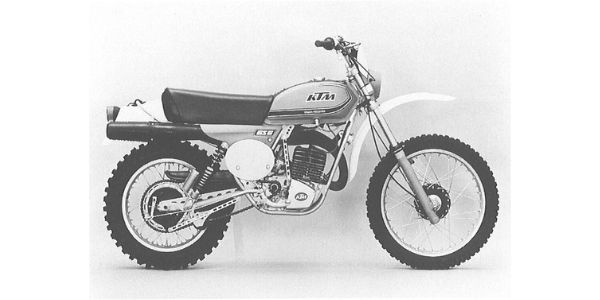
Introduction & History of Racing
KTM has a long history and tradition of racing success, with over 300 victories at national and international events – including multiple world championships in motocross and off-road competitions – to its name.
Although most of KTM's well-known achievements are from 1974, KTM's racing success actually stretches back to the early 1950s with its first win at the Austrian 125cc national championship (1954). This was followed by another win just two years later(1956) at the International Six Days Trials where it secured a gold medal with Egon Dornauer.
Motorsports
The Austrian motorcycle manufacturer KTM has had a successful presence in motorsports since 1974 when Russian racer Guennady Moisseev won the 250cc Motocross World Championship.
World Championships
As of 2016, KTM had won more than 260 world championship titles in various motorsport series, making it one of the most successful brands in competition.
Supercross Racing
KTM has won the MXGP, MX1, and MX2 world titles 96 times since 1974 and the Super Enduro, E1, E2, and E3 world titles 114 times since 1990. In addition to Ryan Dungey's 2015, 2016, and 2017 Supercross World Champion titles, KTM has gained a successful presence in supercross racing.
Cross Country
KTM has been the most successful manufacturer in the Dakar Rally since its first appearance in 1994. KTM riders captured the second to twelfth positions in 1998 and won 18 consecutive times from 2001 through 2019. It also competes in other cross country rallies including the Atlas Rally or Rallye du Maroc.
KTM's dominance has been so consistent that it has won 37 cross country rally world titles since 2003 and 15 of the FIM Cross-Country Rallies World Championship titles.
List of Services
-
2003 to 2009Item Link List Item 1
A KTM factory team competed in two classes of the Grand Prix motorcycle(125cc and 250cc) racing series, with notable successes:
- 125 cc class: In 2005 second and third place were secured by KTM riders Mika Kallio and Gábor Talmácsi and KTM won the 125 cc constructor's championship. In 2006, Mika Kallio got second place and Tomoyoshi Koyama secured third place in 2007.
- 250 cc class: In 2008, Mika Kallio won third place.
-
2007Item Link List Item 2
Since the debut of the Red Bull MotoGP Rookies Cup in 2007, KTM has been the bike supplier for the competition.
-
2009Item Link List Item 3
KTM announced they would withdraw from the GP competition.
-
2012Item Link List Item 4
KTM returned to Grand Prix motorcycle racing with a newly designed class—the Moto3 class and won the Moto3 manufacturers' title.
In the following season, KTM riders won every race in the Moto3 class and claimed the world title as well as the second and third place; KTM thus won the manufacturers' title with ease. The company repeated that success in 2014 and 2016, winning both the world title and manufacturer's championship in 2016 in the Moto3 class.
-
2020Item Link
On August 9, KTM won its first ever MotoGP premier class race, with rookie Brad Binder taking first place. KTM's choice of a steel trellis frame over an aluminum one and developing their own racing suspension through WP (rather than using Öhlins) were two ways in which the company demonstrated its independence and confidence in its abilities. With its distinctive orange, black, and silver color scheme, KTM continues to prove this through its unique and innovative models to date.
-
2024Item Link
Despite financial challenges, KTM remains committed to its participation in MotoGP, assuring riders and fans of their continued presence in the competition. Discussions with potential investors, including Formula 1 champion Lewis Hamilton, have been acknowledged, indicating efforts to secure the company’s future.
Noteworthy Statistics
- The brand KTM has a long history of success in motorsports, having won more than 260 world championship titles by the end of 2016.
- From 2012 to 2016, KTM was the largest motorcycle manufacturer in Europe. The company is also among the leading off-road motorcycle manufacturers globally, selling 203,423 motor vehicles worldwide in 2016.
- Since 1974, KTM has won 96 MXGP, MX1, and MX2 world championships. It also has claimed 114 E1, E2, E3, and Super Enduro world titles since 1990.
- By 1980, KTM had almost 700 employees and had generated a revenue of 750m. Schilling ( around 54.5m. euros) with International business accounting for 76% of the company's turnover.
- In 2003, KTM began competing in off-road motorcycle competitions and has since won 37 cross country rally championships and 15 FIM Cross-Country Rallies world titles.
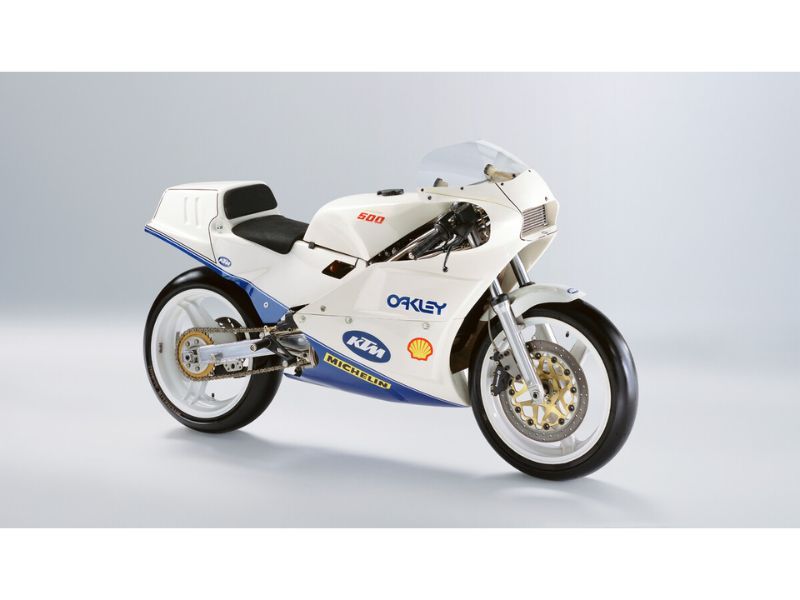
Models by Type
KTM has built a reputation for making some of the best motorcycles in the world, known for their performance and durability. The company offers a wide range of motorcycles popular with riders of all skill levels. From off-road enthusiasts to commuters looking for a fun weekend ride. Here are KTM's three main lines of motorcycles.
List of Services
-
MotocrossItem Link List Item 1
The KTM Motocross line is designed for the off-road enthusiast who wants a bike that can handle a variety of terrain.
These bikes are designed to handle everything from hard-packed dirt to deep mud and sand. The engine has also been designed to be lightweight, so the rider doesn't have to worry about losing power or speed on rough terrain.
KTM's motocross lineup comprises the SX (50, 65, 85, 105, 125, and 150) and the SX-F (250, 350, and 450) models.
-
EnduroItem Link List Item 2
These motorcycles are built for long journeys through the wilderness. They're optimized for comfort, with wide seats and suspension that is forgiving over bumps.
Enduro bikes also have powerful engines that can go long distances without overheating or breaking down.
KTM offers several enduro models including street-legal versions. The KTM Enduro line comprises four-stroke 250, 350, 450, and 500cc models (EXC-F and XCF-W) and two-stroke 150, 250, and 300cc models (EXC and XC-W).
-
Cross CountryItem Link List Item 3
Cross Country models are designed to take on long trips over difficult terrain while still being able to handle most of what they encounter along the way.
With sturdier suspensions than other KTM models, they can handle more abuse without sacrificing performance or comfort.
This line includes the 150 XC, 250 XC, 300 XC, 250 and 300 XC TPI, 250 XC-F, 350 XC-F, and the 450 XC-F.
KTM FAQ
-
What does KTM motorcycles stand for?
KTM is a motorcycle manufacturer, and it stands for Kronreif & Trunkenpolz Mattighofen. The Austrian company was originally known as Kraftfahrzeug Trunkenpolz Mattighofen. However, the name was not registered. It changed and registered its name in 1953 to Kronreif & Trunkenpolz Mattighofen (which it still uses today). This was after businessman Ernst Kronreif became a majority shareholder of the company.
-
Is KTM owned by Kawasaki?
No. KTM is not owned by Kawasaki and has no affiliation with them whatsoever. They are separate companies located in different countries with different ownerships and management teams.
KTM, an Austrian manufacturer of motorcycles, off-road vehicles, and bicycles is jointly owned by Pierer Mobility AG and Bajaj Auto International Holdings BV. Kawasaki on the other hand is of Japanese origin and is owned by Kawasaki Heavy Industries Ltd., a large conglomerate manufacturing everything from motorcycles to construction equipment to aerospace components like engines for commercial airliners and military jets.
-
Where are KTM motorcycles made?
KTM manufactures its motorcycles at its headquarters in Mattighofen, Upper Austria. It also produces motorbikes in India through a partnership with Bajaj and some models in China through CFMoto.
However, the engines for KTM motorcycles are manufactured in Munderfing, Austria. More than 200 people work at this facility every day to assemble engines for nearly all of KTM's models.
-
What was the first KTM motorcycle?
KTM produced its first motorcycle, the R100, in 1953. Although the prototype was created in 1951 by KTM founder, Johann (Hans) Trunkenpolz, mass production did not begin until 1953. KTM built all of its components except for the Rotax engines which were made by Fichtel & Sachs.
